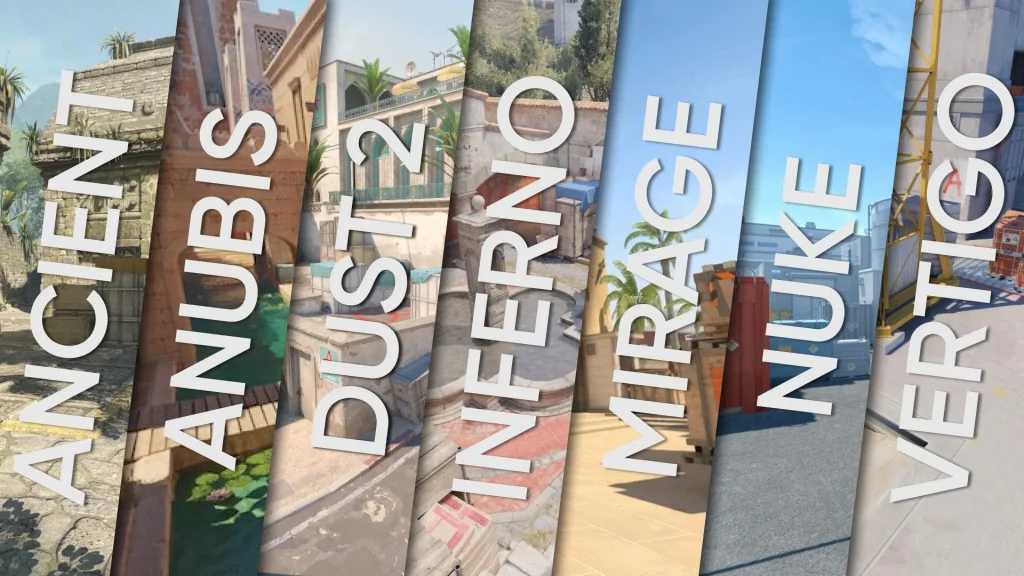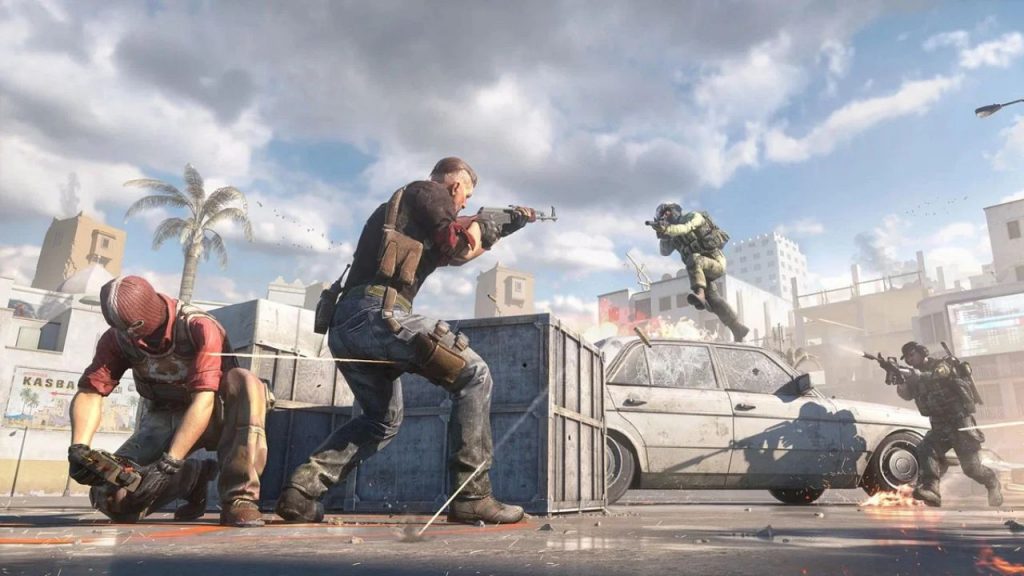Counter-Strike 2 is as much about strategy and statistics as it is about raw aim. For those who want to get ahead in match predictions—for esports betting or just bragging rights with friends—understanding how to read team form, player stats, and map pool strengths is necessary.
This guide from Blix.gg breaks down the key metrics pros use to analyze matches. From understanding permabans to spotting underperforming AWPers, you’ll learn how to make sharp, informed predictions. Let’s dive in.
Ready to make your predictions and want to make money with it? Check out our CS2 Betting Guide.
Contents
- 1 Analyze Team Form
- 2 Check Recent Match Results
- 3 Consider Opponent Strength
- 4 Watch for Roster Changes
- 5 Identify Win/Loss Streaks
- 6 Track Key Metrics
- 7 Monitor Star Player Performance
- 8 Team-Oriented Metrics
- 9 Player Form and Streaks
- 10 How to Break Down Map Pool
- 11 Look at Map Win Rates
- 12 Compare Draft Compatibility
- 13 Track Permabans
- 14 Account for Meta Shifts and Patch Updates
- 15 Other Factors That Affect Match Outcomes
- 16 Final Pro Tips
Analyze Team Form
Check Recent Match Results
- Check a team’s last 5–10 matches, but don’t look at results alone. Did they beat top-tier teams? Or just farm low-ranked opponents? Losing narrowly to a top-5 team often means more than stomping a #40-ranked squad.
Consider Opponent Strength
- It is important to check the opponent’s rankings; use the HLTV.org ranking page to check.
- A close game against a top-5 team may indicate that the team is in better form than a win against a top-50 or lower-ranked team.
Watch for Roster Changes

- Any roster changes can make a team better or worse.
- Check how long the team lineup played together.
Identify Win/Loss Streaks
- Win streaks boost team confidence and give the team a better chance against a higher-ranked team.
- Losing streaks might break any team and make them lose even against a weaker opponent.
Track Key Metrics
Monitor Star Player Performance
- HLTV Rating 2.1. Metric made by HLTV.org that shows the performance.
- K/D Ratio. The Kill/Death ratio indicates a player’s good or bad form.
- Opening Kills. Entry Fragger plays a crucial role in a team’s success, so having a high score in opening kills indicates the player is in great shape.
Team-Oriented Metrics
- Round Win Percentage on both CT and T Sides. Some players might be powerful on one side, but it is much worse in the second half of the game.
- Clutch Percentage. Winning Clutches allows teams to make a comeback or take an even bigger advantage; the higher the stat – the better it’s for the team.
- Utility Damage. It shows how well a team works with grenades, an important part of the game; sometimes, it wins rounds by itself.
Player Form and Streaks
- Check out if a player is on some hot streak or is consistently underperforming.
- Underperforming superstar players can be crucial and play a key role in a match’s result.
How to Break Down Map Pool
Look at Map Win Rates
- Check the last 3-6 months for map performance.
- Use filters to check the performance against the top 30 or higher opponents to avoid wrong vision.
Compare Draft Compatibility
- If Team A is playing against Team B and their best map is the opponent’s permaban, it may play a massive role in the match’s outcome.
- Research about their previous head-to-head matchups on the specific maps.
Track Permabans
- Usually, teams stay at 1-2 maps of permaban, and the map won’t change often.
- Some teams are using new or recently updated maps to gain their advantage by being the first to learn them.
Account for Meta Shifts and Patch Updates

- Always stay in tune with the Competitive Map Pool changes.
- Reworked being added or brought back into the Competitive Map Pool sometimes brings the worst or the best out of the team.
Other Factors That Affect Match Outcomes
- Time zones and burnout affect consistency.
- LAN vs Online performance varies by team.
- Tight travel schedules can wear down players.
- Demo rewatching is useful for map prediction.
Final Pro Tips
CS2 match predictions require a layered approach. Don’t rely solely on win/loss records—dig into form trends, individual and team stats, and research the map pool. Combine your insights with a good understanding of each team and player’s form and mentality, and you’ll start making sharper, more consistent predictions.
- Watch team games LIVE or find a source that allows you to rewatch games, such as YouTube and Twitch, which makes it possible to rewatch the game afterward.
- Check for team LAN against Online performances, as it might play a huge role for some teams.
- Look at the team’s tournament schedule, teams often might get too many tournaments to play, which includes flights and different time zones, which can affect their performance.



